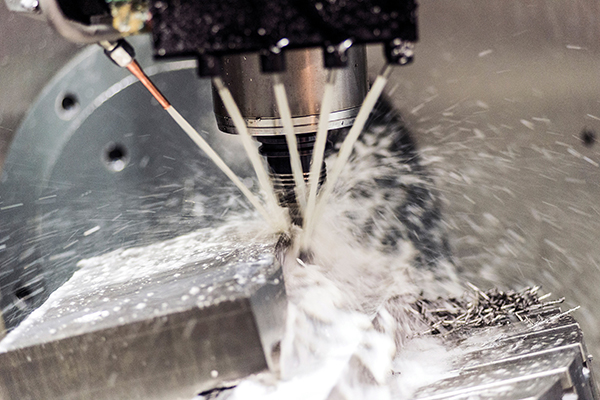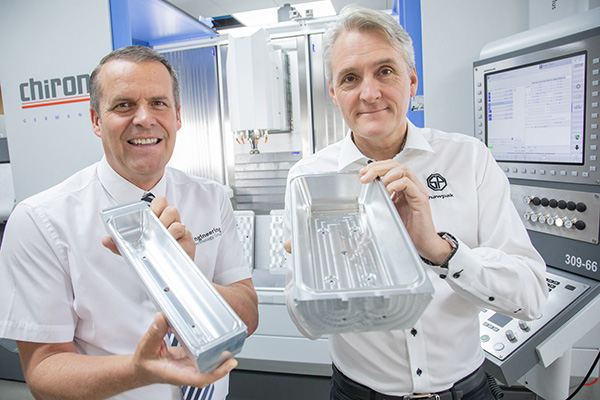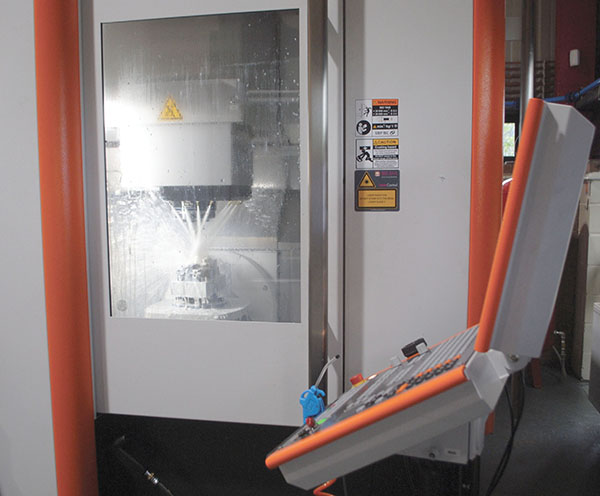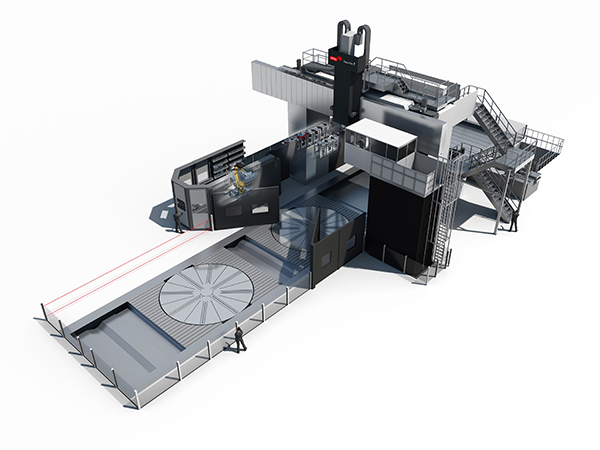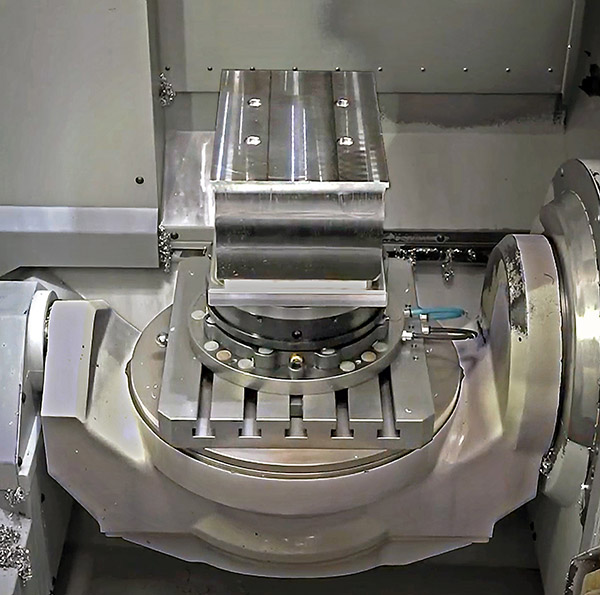Milton Keynes based Abbey Precision has been a Haas user for over 22 years.

The company’s 20 Haas machines make up almost the entire workshop, from the two mills purchased in 1996, which are still in use on a daily basis, through the turning section, to its latest collection of three UMC-750SS five-axis universal machining centres.
Managing director Steve Spicer sights a number of reasons for Abbey’s continued return to the Haas brand. “The prices are very competitive,” he explains. “I always get at least one other quote but Haas can’t be matched. Their response to queries is good, machine delivery times are fast, and we’re impressed by the feature sets.
“We prefer the continuity of the Haas control because it’s universal throughout the models,” he adds. “It makes it simple to move a job from one machine to another, while operators can be transferred from mills to lathes, and vice versa when necessary.”
Abbey recently invested in its third five-axis machine, another Haas UMC-750SS, which is equipped with an integrated high-speed two-axis trunnion, 15,000 rpm spindle and 40+1 side-mount tool changer as standard.
“Haas gave us some five-axis training; they were very patient, very knowledgeable,” says Spicer. “We have three UMCs now and two VF-2SS models with five-axis trunnions, so we have plenty of experience behind us. With our most recent machine, we were cutting metal an hour after the engineer had finished the installation.
“We always use Haas WIPS [Wireless Intuitive Probing System], which cuts set-up times and is useful for tool breakage detection,” he adds. “WIPS guides our operators through
the job set-up process with easy-to-use templates.”
For further information www.haas.co.uk






